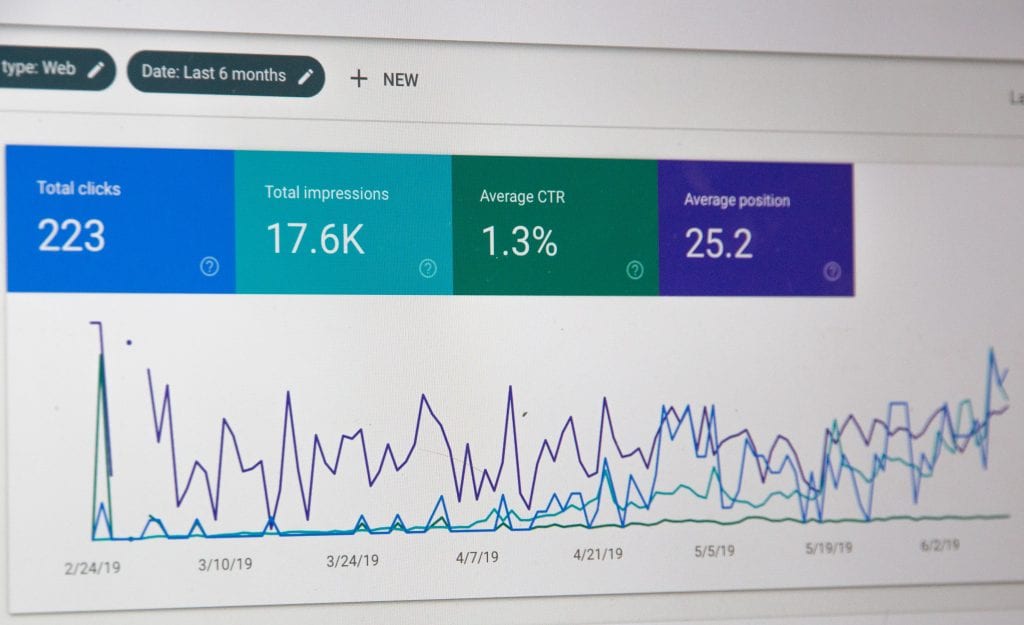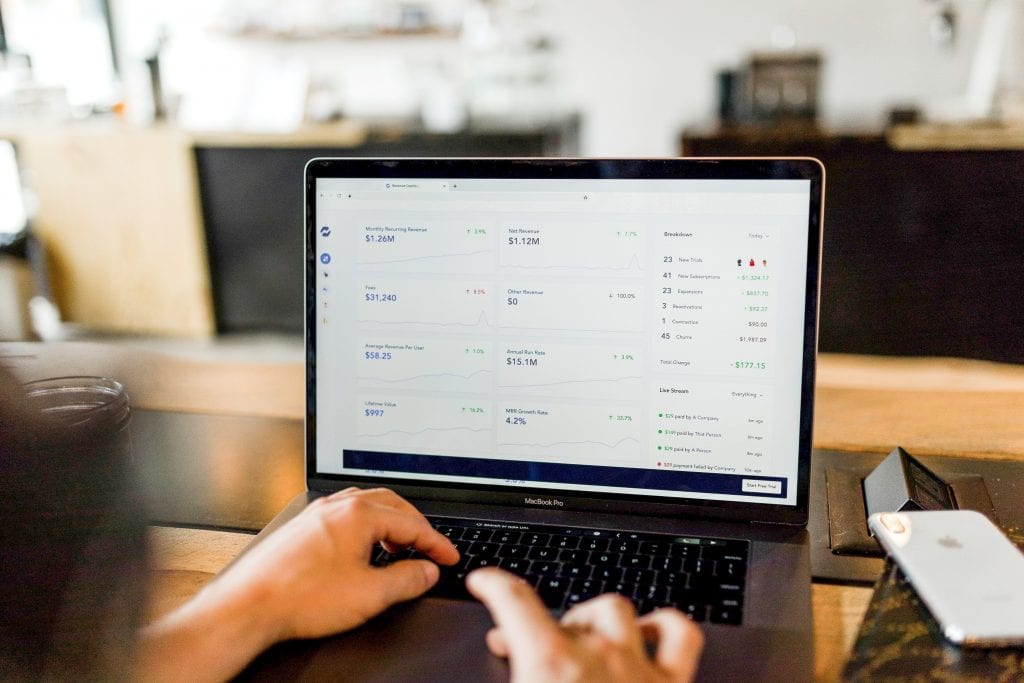Enter the name of any company into Google and analyze the results – the so-called search results. Most likely, they will be diverse: the official site, articles, review sites, videos, news, social networks, etc.
However, in addition to the type of resource, the results differ in one more parameter – sentiment. It can be positive, neutral, and negative.
To assess the quality of an online reputation, you need to calculate the percentage of content of each sentiment in the top 20, top 40, etc. Moreover, the presence of even one negative material can cost a company of clients.
Of course, the best way to maintain your online reputation is to offer quality products and services and take care of the best interests of your customers.
But this is not always enough, especially in the field of finance and investment, where competitors often resort to black PR and fake negative reviews, and customers write complaints online even in case of small problems.
To achieve a high result, you need to use an integrated approach. It includes:
- posting new content
- interaction with resources for editing existing materials
- website and social media optimization
- working with search suggestions.
Important: the set of results in the top and their order often change, so you need to regularly monitor them and adjust the strategy accordingly.
Website, blog, and social media optimization
The official resources of the company should be at the top for brand queries. If this does not happen, they must be SEO-optimized:
- make sure that the name of the company is including in headings, title tags, and page names in social networks;
- adding keywords to content;
- create a uniform style of design and content across all social networks;
- add new content and posts frequently and regularly.
Important: properly optimized social networks can take up to half of the top 10, so you need to work on them especially carefully and by the content plan.
Autocomplete and predictive search
When the user starts to enter something in the search bar, the system automatically offers him some queries – these are autocompleting or predictive search.
The task of autocompleting is to make the search more convenient and faster, especially on mobile devices. However, in reality, they often determine the direction of the search and can lead the user to a completely different place than the company would like.
Detecting fake predictive search
Sometimes companies order an artificial cheat of predictive search to turn neutral queries like “where to profitably invest” into “where to profitably invest (company name)”.
The flip side of the coin is the promotion of negative customer feedback about competitors.
Important: Often fake predictive search can be eliminated by writing in support of the search engine and attaching arguments (graphs, etc.).
Negative predictive search
When it comes to uncoiled negative predictive search, the only honest way to get rid of them is to increase user demand for positive predictive search. To do this, it is important to publish quality content, news, updates on social networks, etc. to generate interest in the company.
Working with content
There are three ways to displace negativity:
1) New positive content. This includes:
- expert articles
- social media posts
- news stories
- and most importantly, reviews.
2) Substitution
This method is similar to the one used for reviews, although a publication budget is usually required.
First, a list of resources is compiled where there are negative articles or reviews about the project.
Further, SEO-optimized articles of a positive tone are posted on the same resources.
If you choose the right keywords and compose headlines, then the new article will get to the top (while the site itself will remain in the same position in the search results).
3) Negotiations on editing or/and deleting
It so happens that the author of an article writes about a project negatively, without understanding the product or based on customized critical reviews.
In such a situation, it is worth writing to the editorial office and politely explaining why the information given in the article is incorrect.
If the arguments are strong enough, the site may agree to edit the negative material or even delete it.
Important: to bring an article to the top, a combination of three elements is important:
- the quality of the content itself
- SEO optimization
- promotion using links.
In conclusion: a negative percentage is not the main thing
To achieve the effect that you need, you should combine a variety of techniques:
- working with media and influencers
- communication with the company’s clients to publish reviews
- work with autocomplete and predictive search
- SEO promotion
- creation of expert content, etc.
Picture Credit: Pexels





















